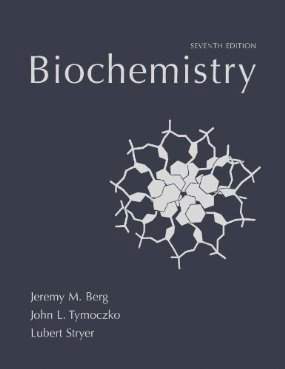Connecting...

For more information, please see full course syllabus of Biochemistry
Biochemistry Enzymes VII: Km & Kcat
This lecture focuses on clarifying some of the terms and symbols used in enzyme kinetics. The Michaelis-Menten equation says that V₀ = (Vₘₐₓ x [S]) / (Kₘ+[S]). Once all the enzymes are saturated with substrate, a plot of this equation will taper off towards Vₘₐₓ, the maximum rate. Kₘ is the concentration at ½ Vₘₐₓ. It is a constant, but it also functions as a kind of equilibrium constant. This equation arises from a 2-step mechanism where the enzyme and substrate form a complex (ES) and then separate after the substrate has been catalyzed (slow, rate determining step). Kₘ is often used to describe an enzyme’s affinity for its substrate, because a high Kₘ indicates a high concentration of ES. This lecture also covers Kₐₜ and first and second order rate equations.
Share this knowledge with your friends!
Copy & Paste this embed code into your website’s HTML
Please ensure that your website editor is in text mode when you paste the code.(In Wordpress, the mode button is on the top right corner.)
- - Allow users to view the embedded video in full-size.










































 Answer Engine
Answer Engine




0 answers
Post by Arrhenius Theory on September 4, 2018
All enzymatic reactions can be characteried by Michaelis-Menten Kinetics: S ---> P Enzyme.
1 answer
Last reply by: tiffany yang
Thu Dec 5, 2013 1:51 PM
Post by tiffany yang on November 14, 2013
If Ki (dissociation constant for inhibitor) is basically just ligand-protein binding relationship, then Ki will be the ligand concentration when 50% of the enzyme active sites are occupied. Can we apply the same logic for Km?
Can Km be calculated by the concentration of ligand when 50% of enzyme active sites are occupied. From what i remember from lecture, we can't, but i'm not sure why...
0 answers
Post by tiffany yang on November 14, 2013
this is amazing! many many thanks Raffi! everything makes sense now...
1 answer
Fri Oct 4, 2013 4:04 PM
Post by Tom Beynon on October 4, 2013
Dr Raffi, from down here in Australia, i would like to say thankyou, you are a genuine legend.